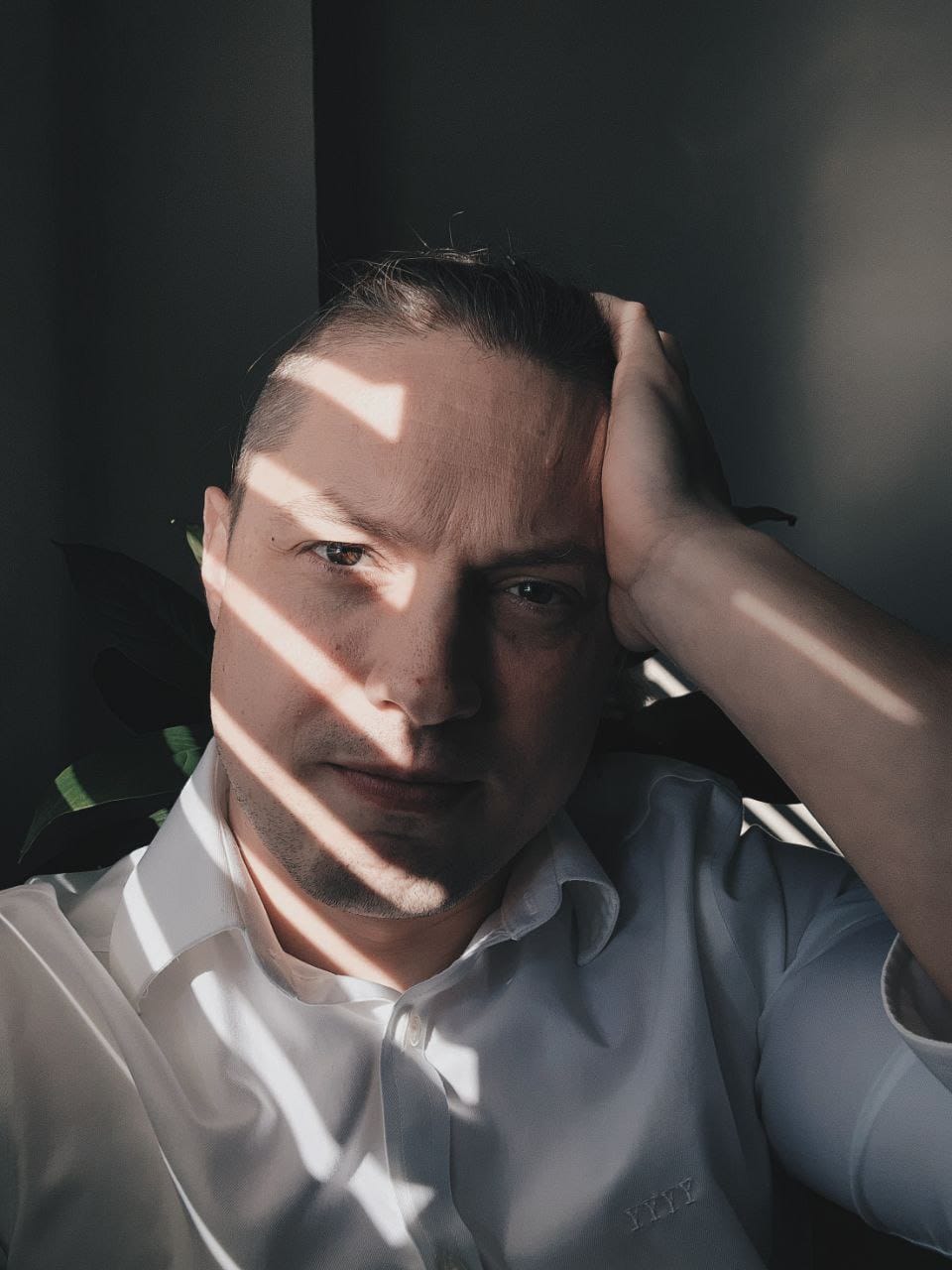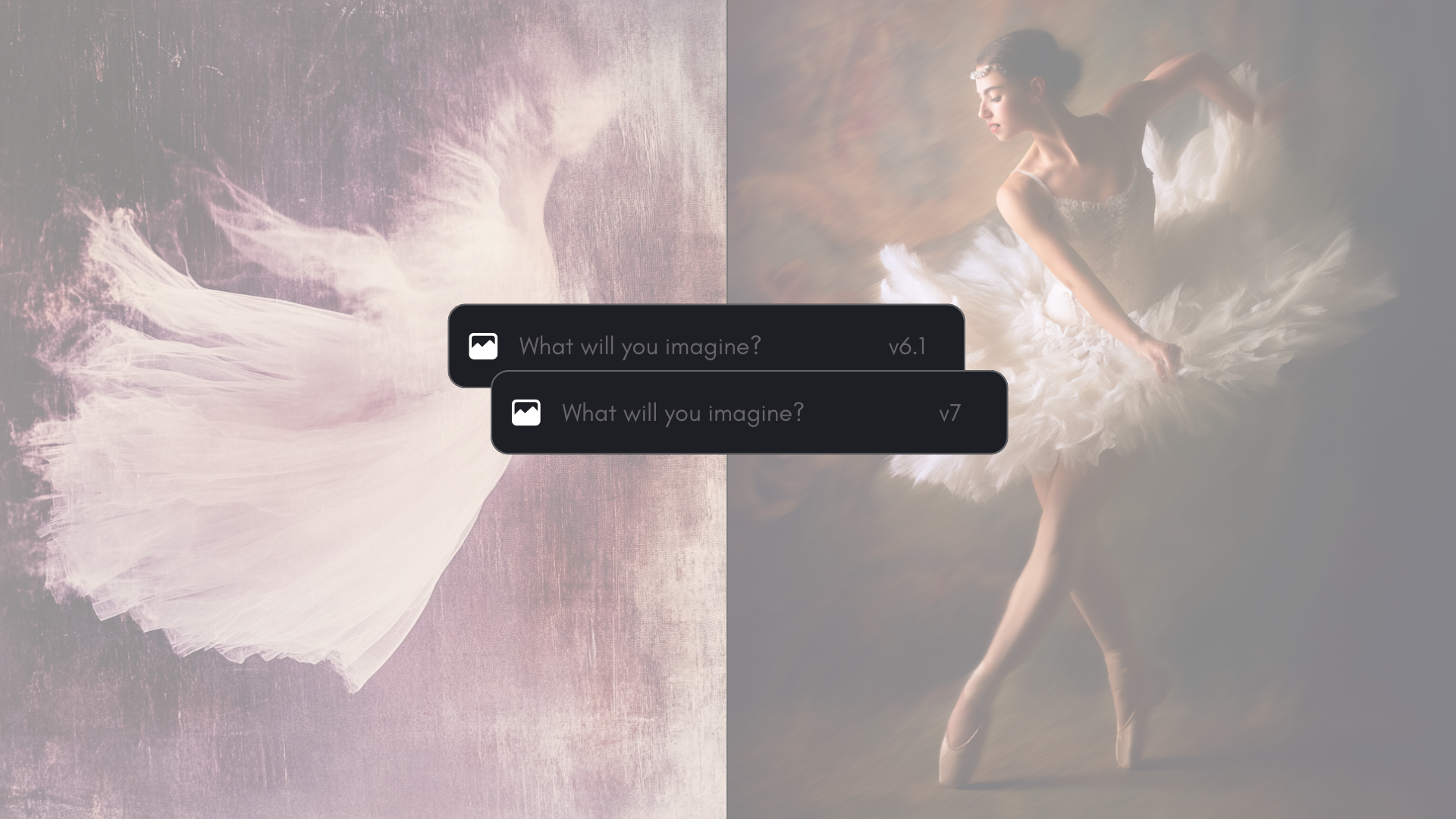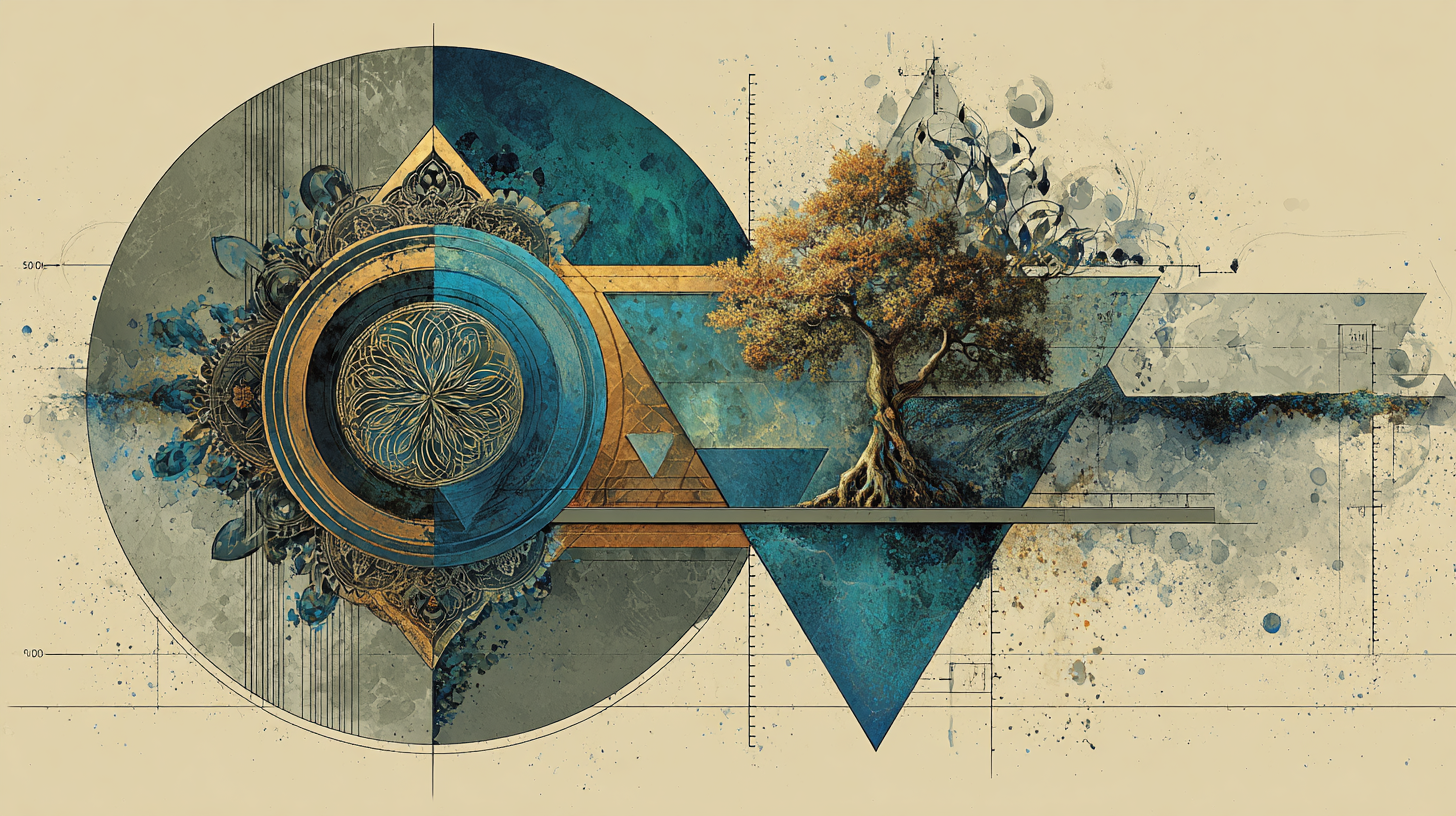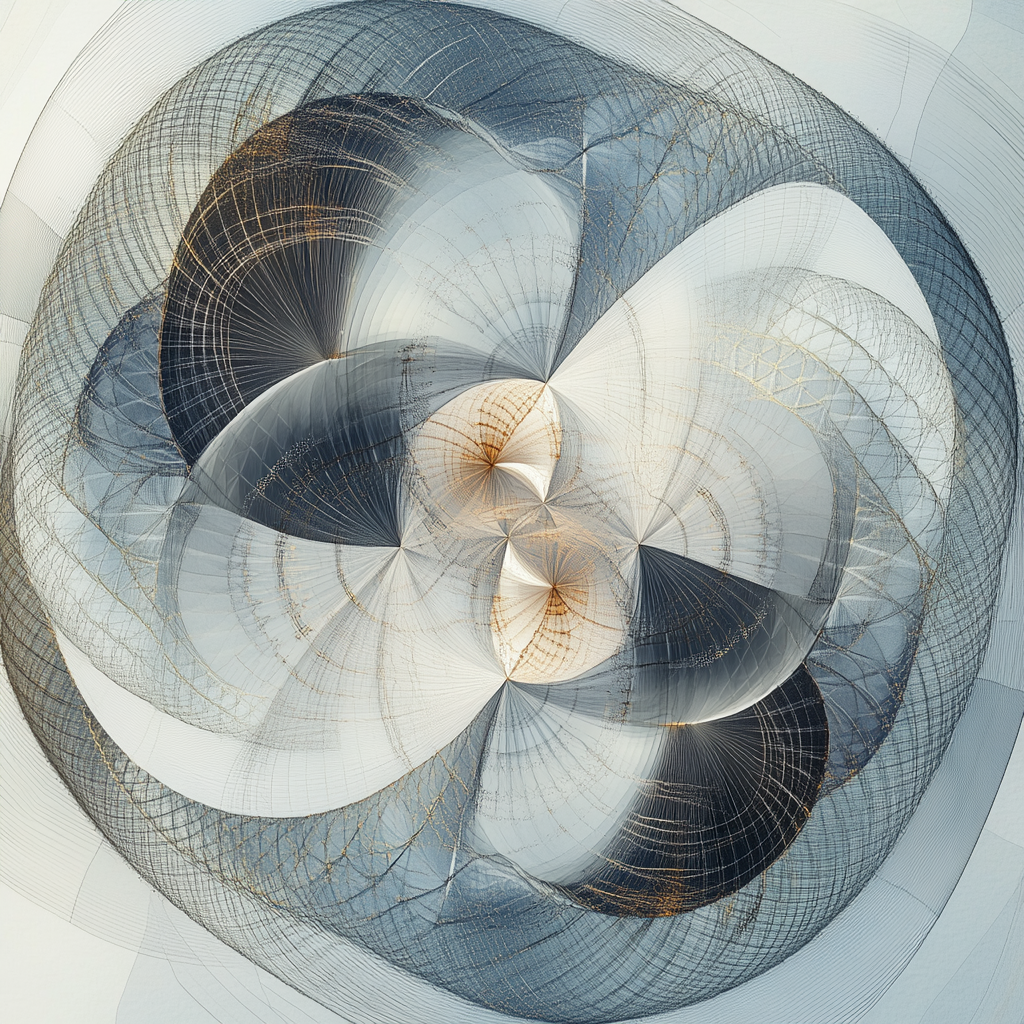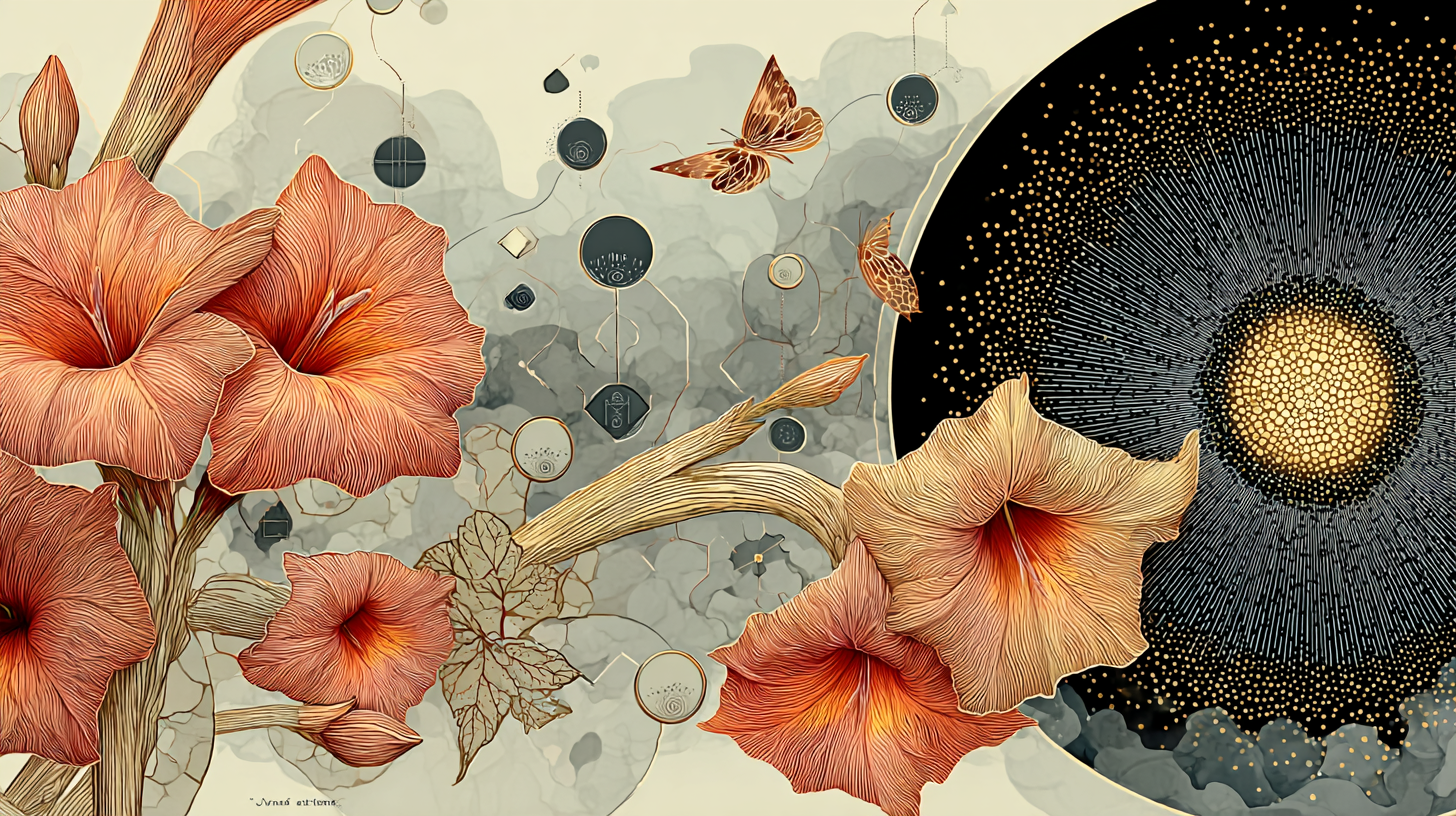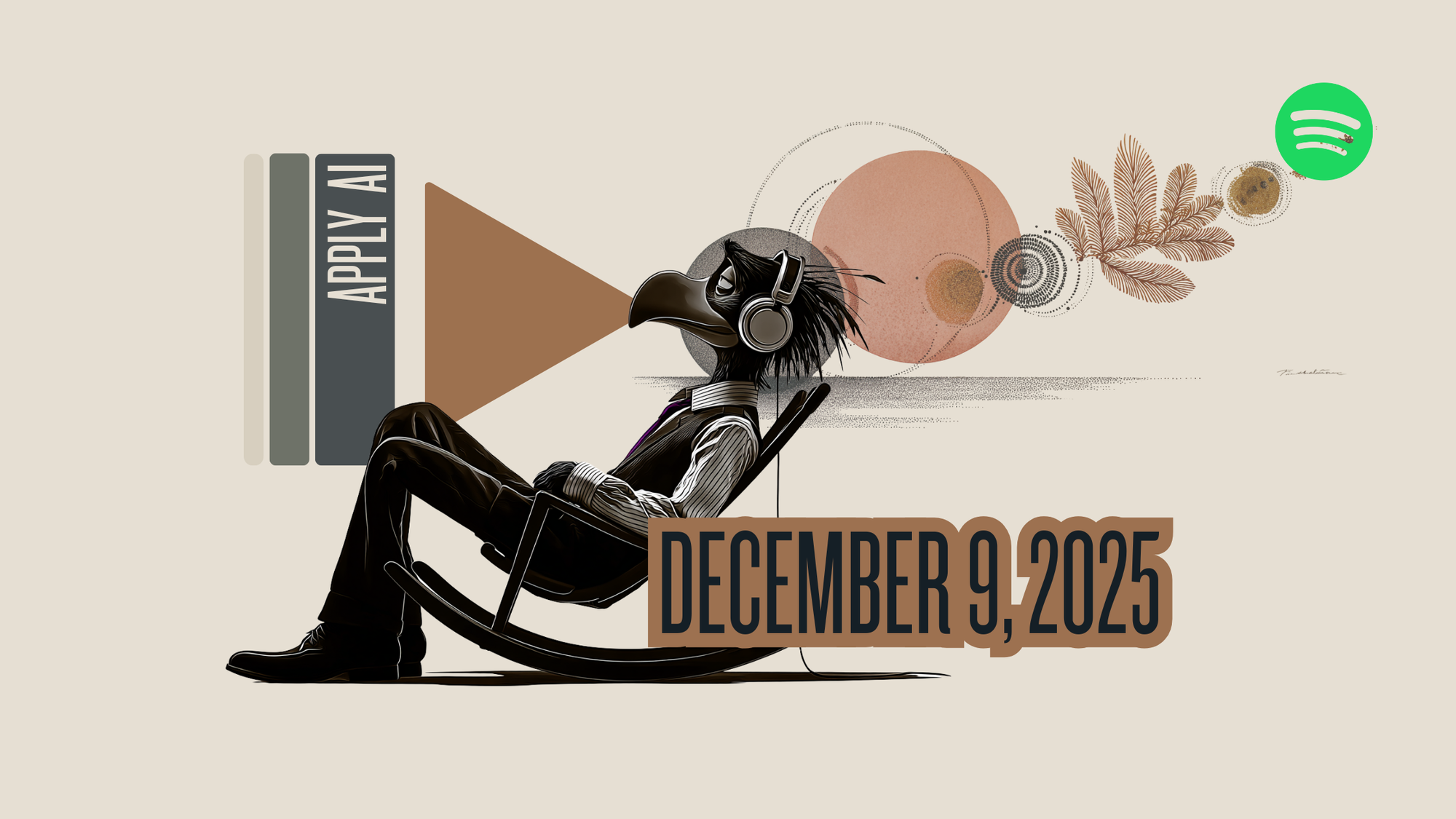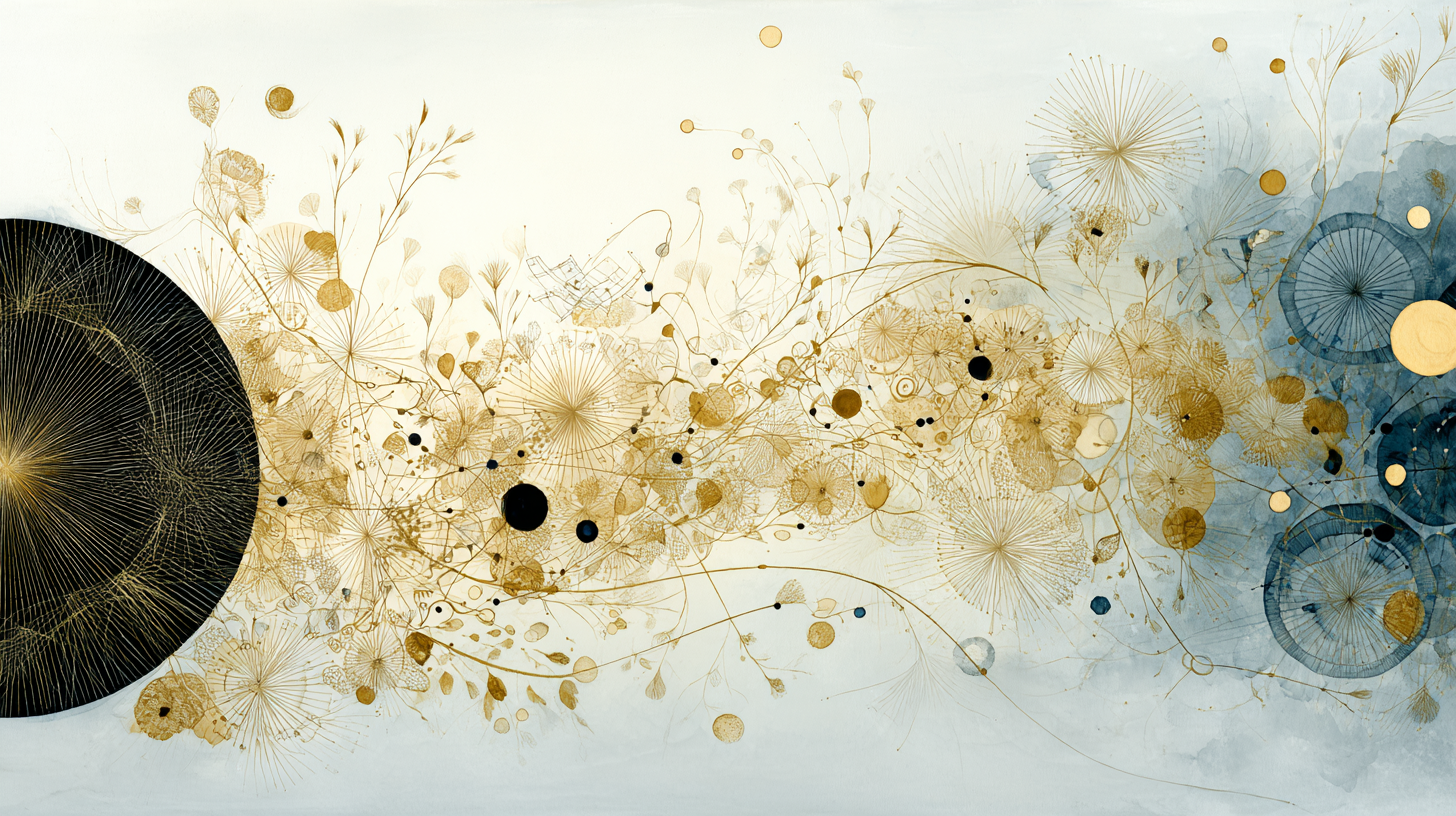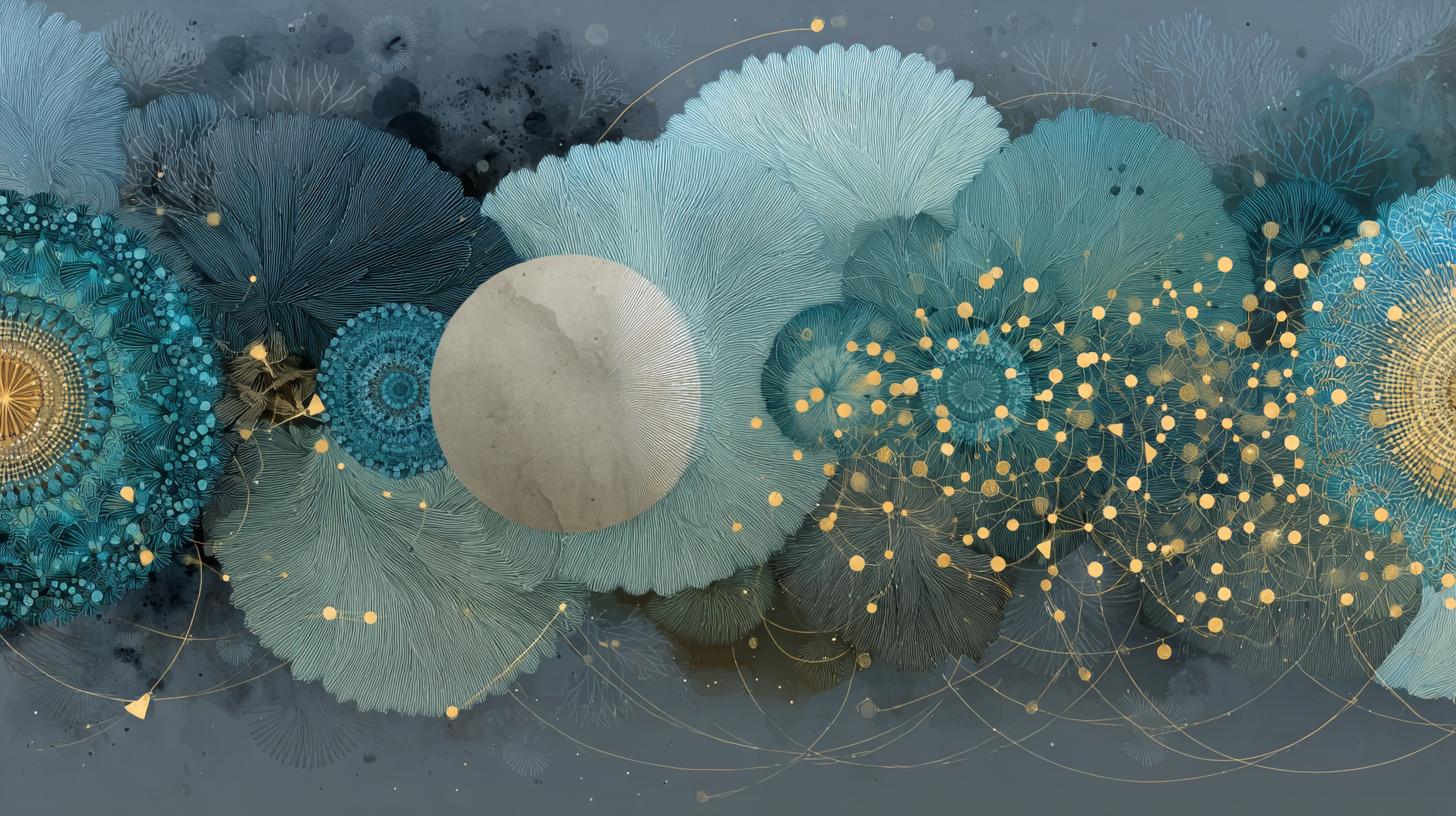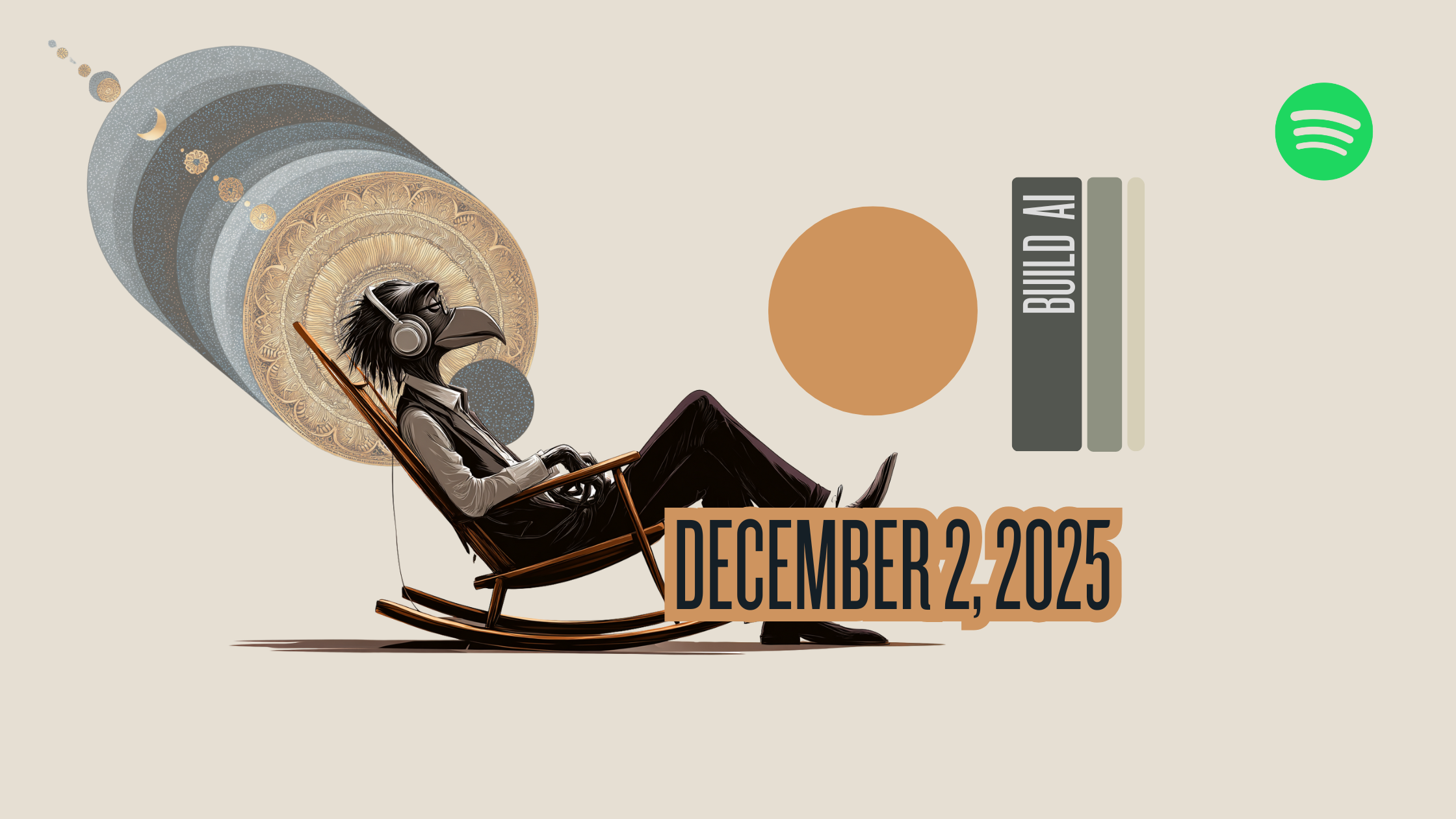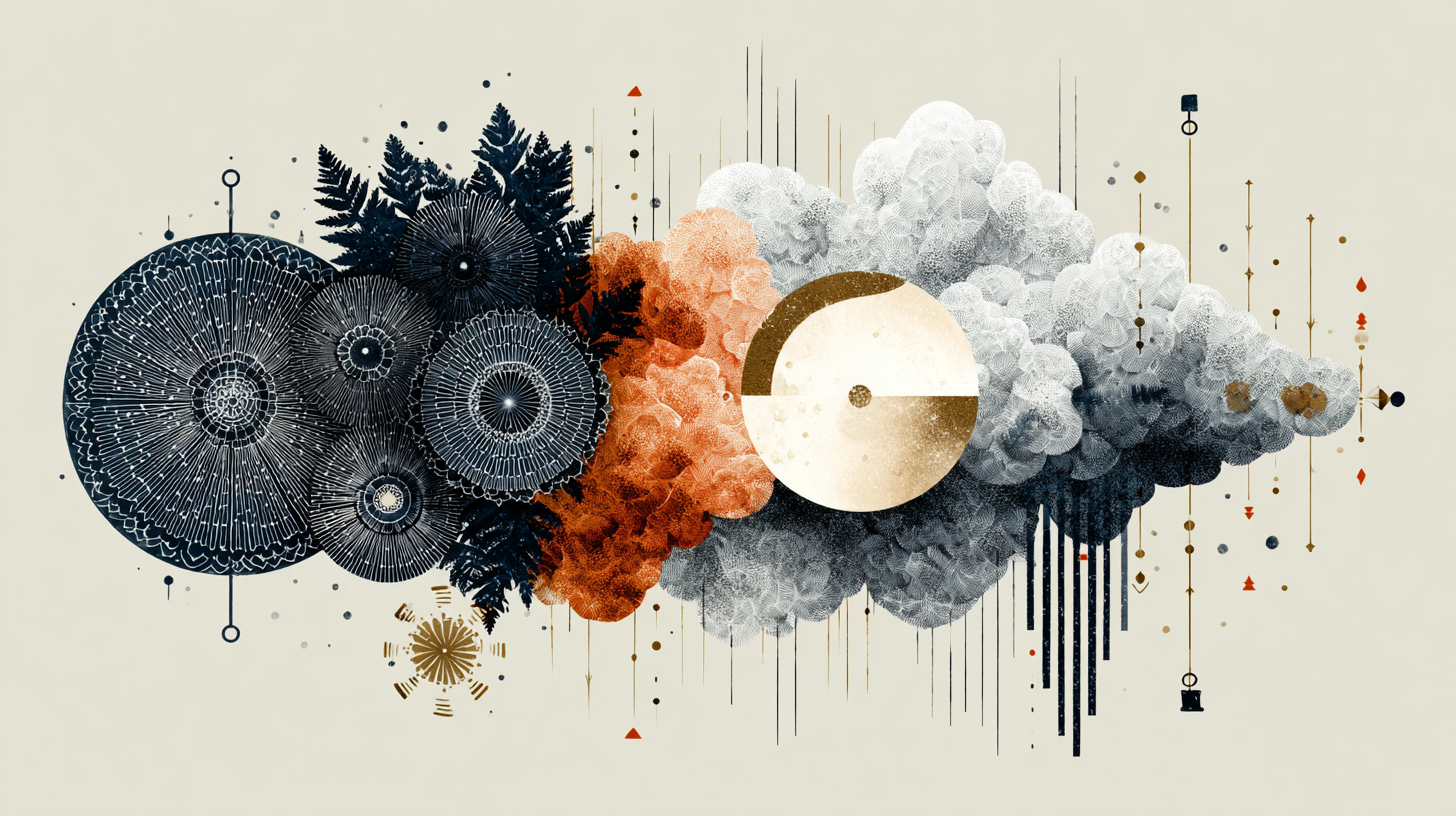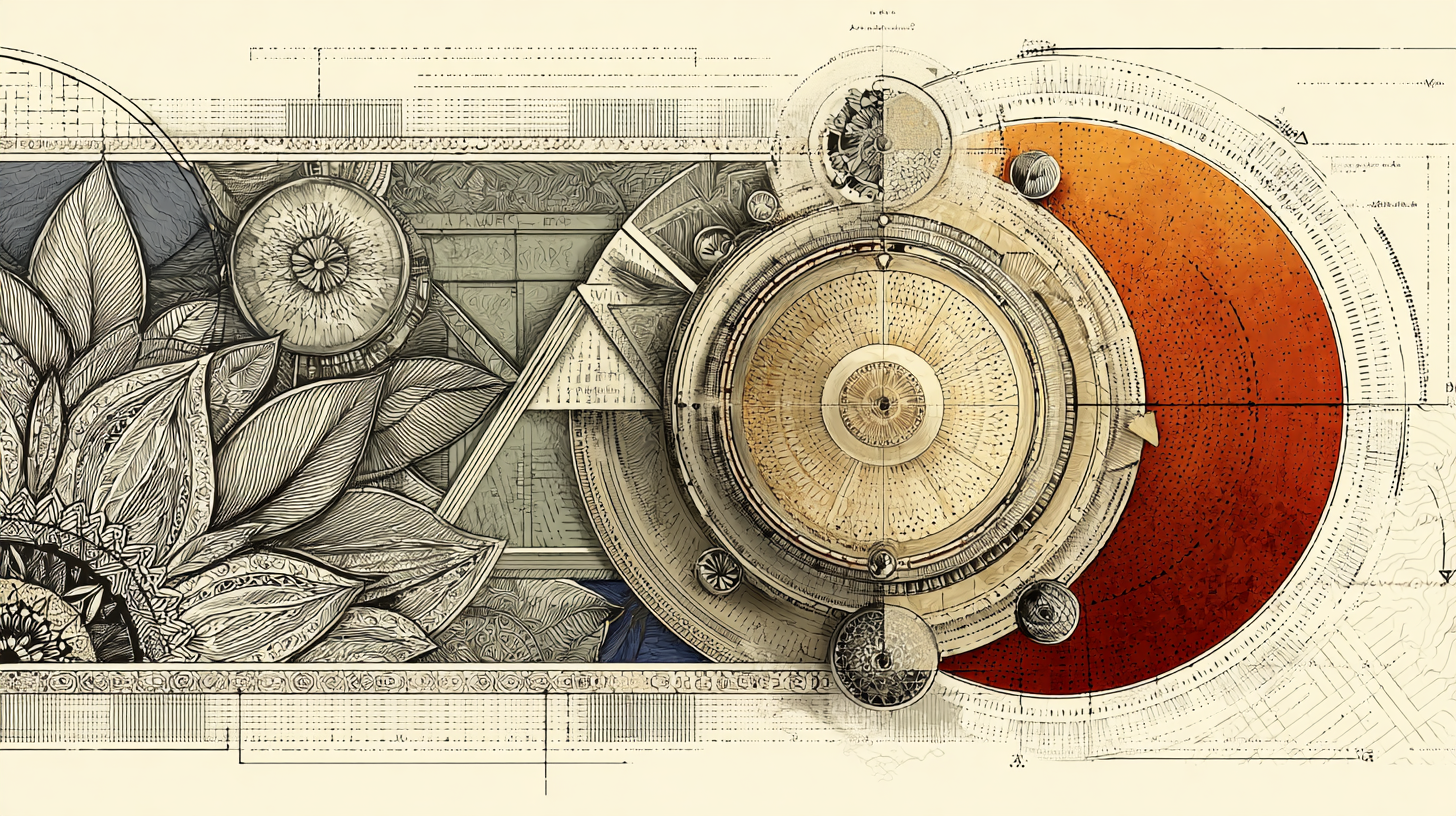Midjourney's V7 model, announced on April 4, marks a substantial leap forward in AI image generation quality. After testing the newly released V7 model against V6.1 using identical prompts, I've observed significant improvements in photographic realism and technical accuracy. This article shares my initial findings from these comparison tests.
Key Improvements Observed
Based on direct comparisons across multiple prompt categories, three primary areas of improvement stand out:
Enhanced Texture Rendering
V7 demonstrates improved handling of material textures and their interaction with light. In test images, fabrics, water surfaces, and organic materials show more physically plausible properties than in V6.1 outputs.
Better Compositional Logic
The new model appears to maintain more consistent internal logic throughout images. This includes improved shadow consistency, more accurate perspective handling, and better spatial relationships between elements.
Refined Emotional Expression
When prompted for specific moods or emotional qualities, V7 seems more adept at conveying these through appropriate lighting, color grading, and compositional choices that align with traditional photographic techniques.
Comparison Results
Here's what I found when testing identical prompts across different photographic styles:
Portrait Photography Test
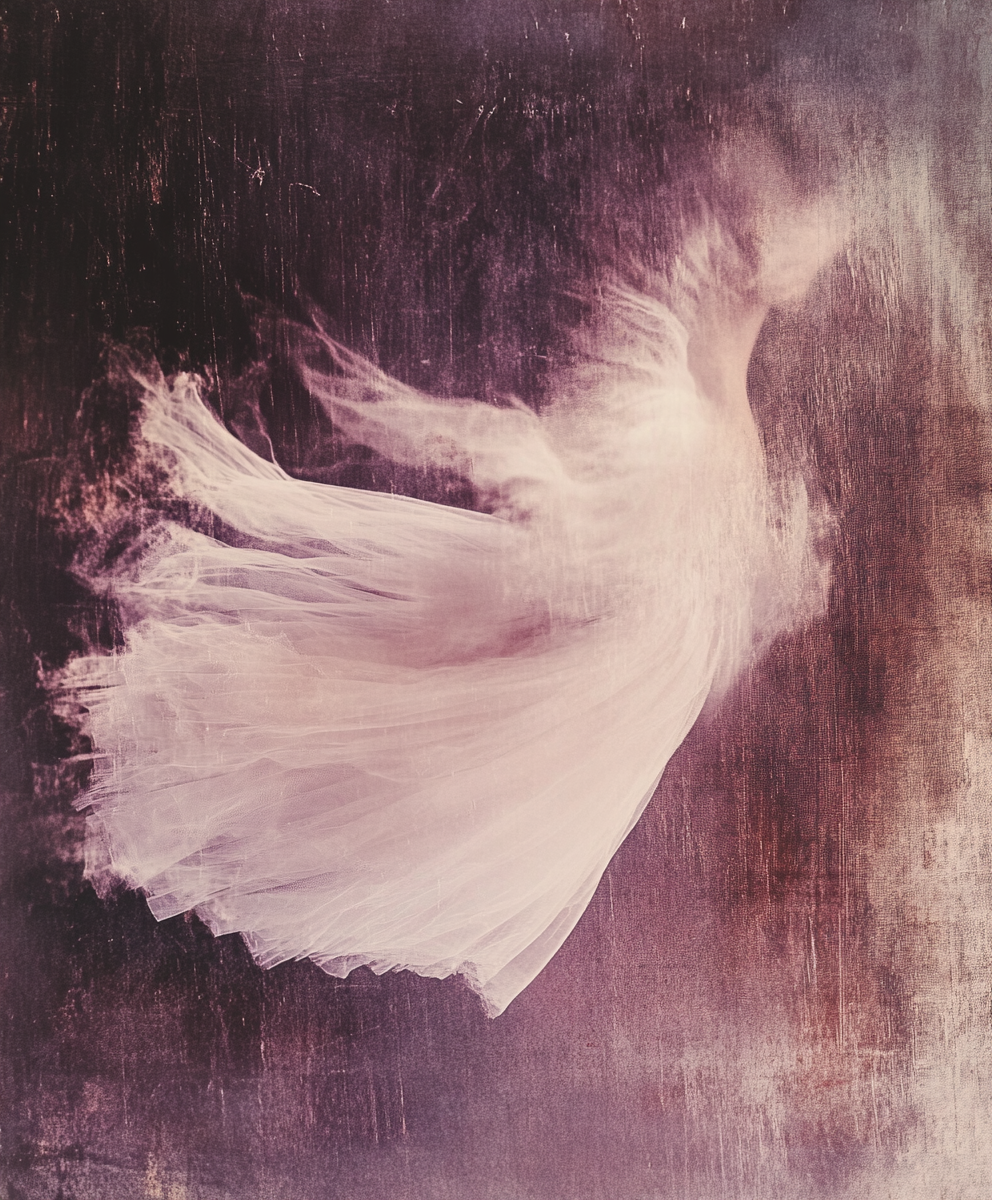
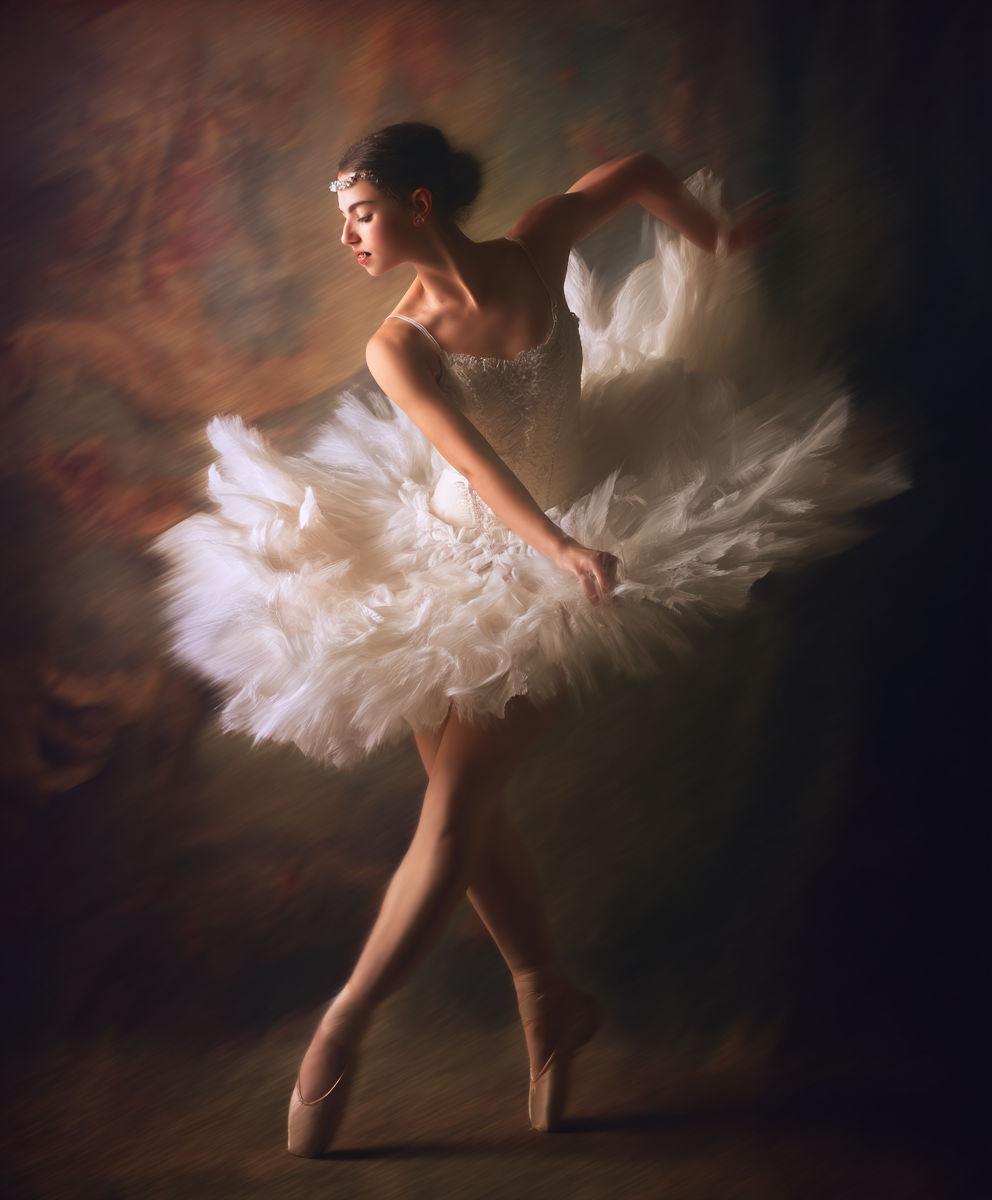
v6.1 (left), v7 (right)
Prompt Used:
Imagine a studio portrait of a ballet dancer mid-pirouette, captured with a 100mm macro lens. Her tulle skirt is frozen in motion with crisp, feather-like detail, while soft Rembrandt lighting sculpts her face. The background dissolves into velvety bokeh with faint hints of a Baroque-era tapestry. Every pore, fabric fold, and dust particle in the air is hyperrealistic yet poetic.
The V7 model achieves impressive texture rendering in the billowing tulle skirt, capturing both delicacy and dimension with natural movement. The lighting effectively sculpts the dancer's form yet overall maintains the soft bokeh background with enough depth. The frozen motion appears convincing and I like how it managed to balance realistic features yet maintain poetic tone as instructed, contrary to v6.1 which looses realism.
Abstract Photography Test
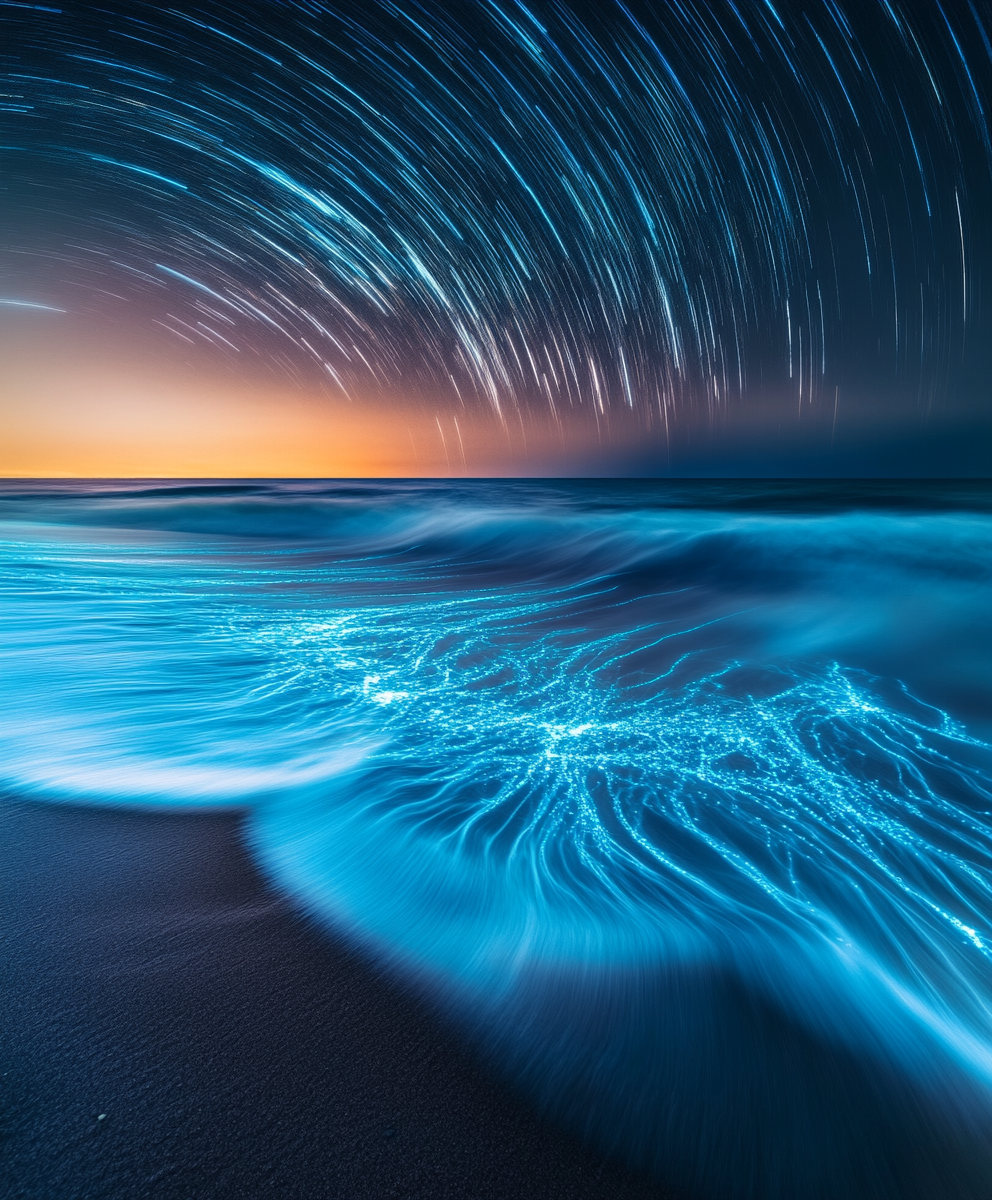
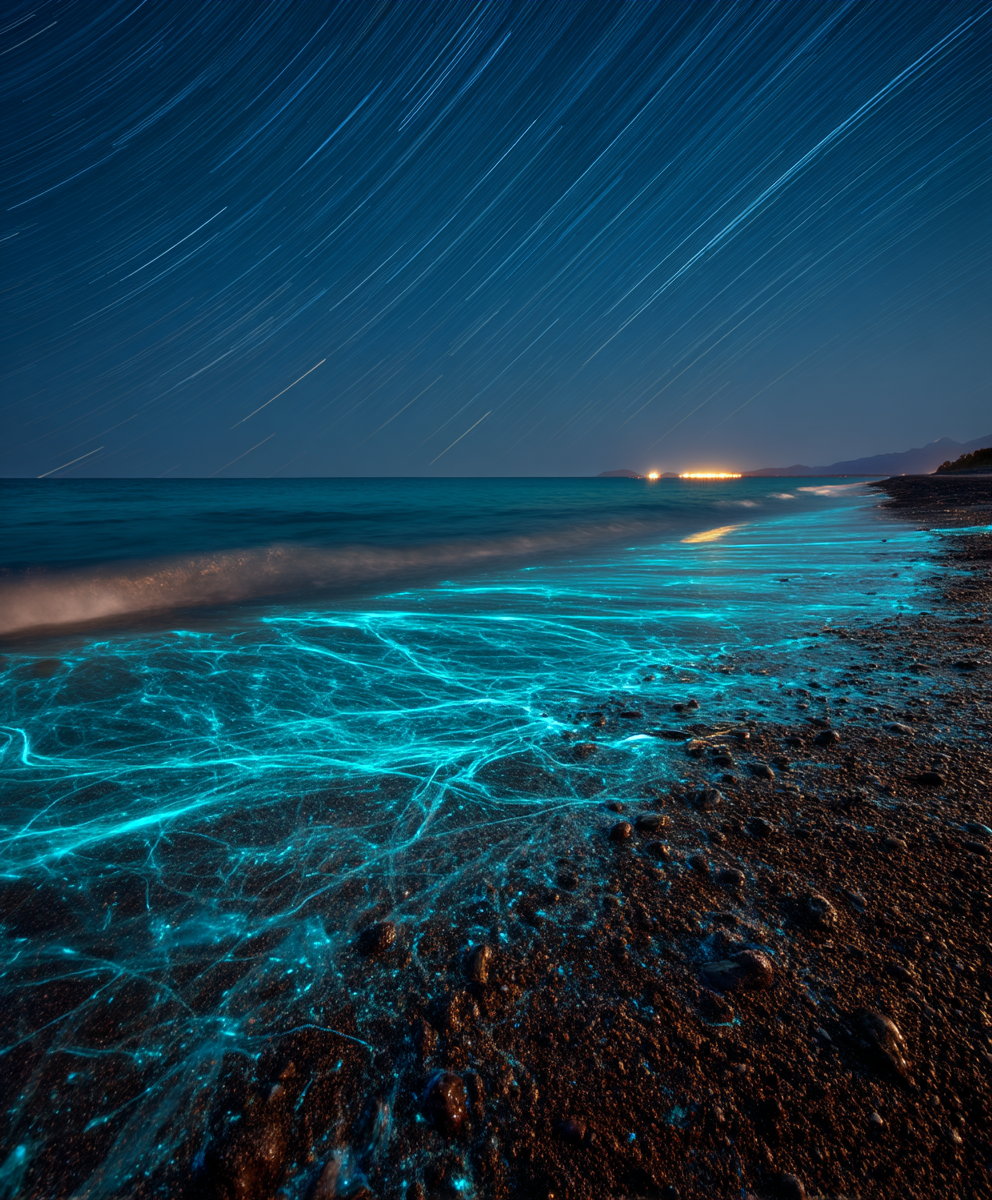
v6.1 (left), v7 (right)
Prompt Used:
Imagine a long-exposure photograph of bioluminescent algae churned by ocean waves at twilight. The water becomes a swirling galaxy of turquoise and indigo streaks, blending with star trails in the sky. The horizon line is intentionally tilted, creating disorienting diagonals, while the sand in the foreground shows gritty, macro-level detail against the liquid abstraction.
The V7 model notably does a better job at generating more natural long-exposure visual, balancing nicely static object sharpness while blurring naturally dynamic elements like stars and waves. Distant lights also appear more natural, slightly overexposed, as opposed to v6.1 which makes it look like some sort of a sunset over part of the sky. I would, however, note that V7 didn't take physics class because the smear of stars show quite extraordinary Earth rotation path, which looks like we're just blasting through the galaxy instead of rotating along our own axis.
Conceptual Photography Test
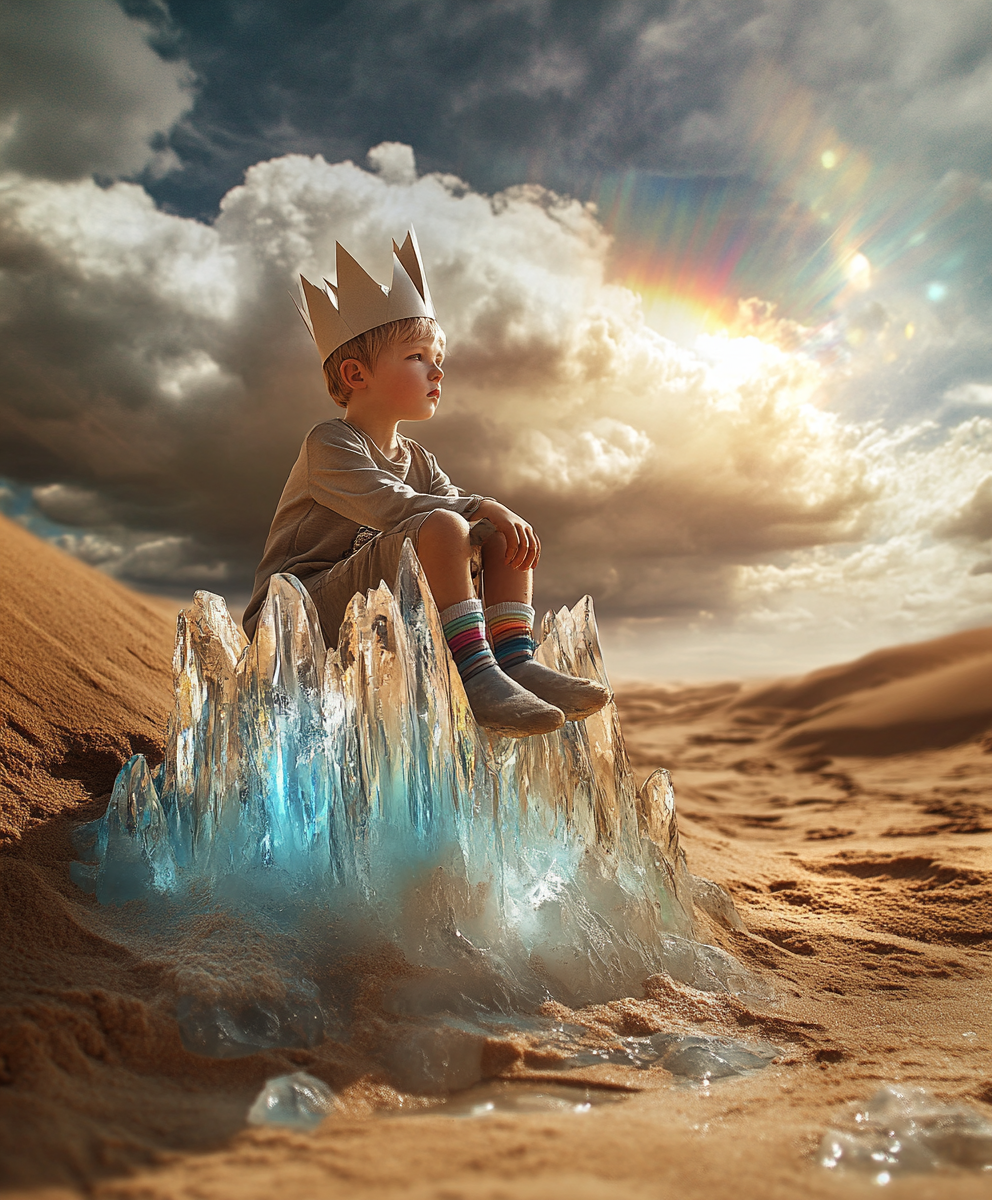
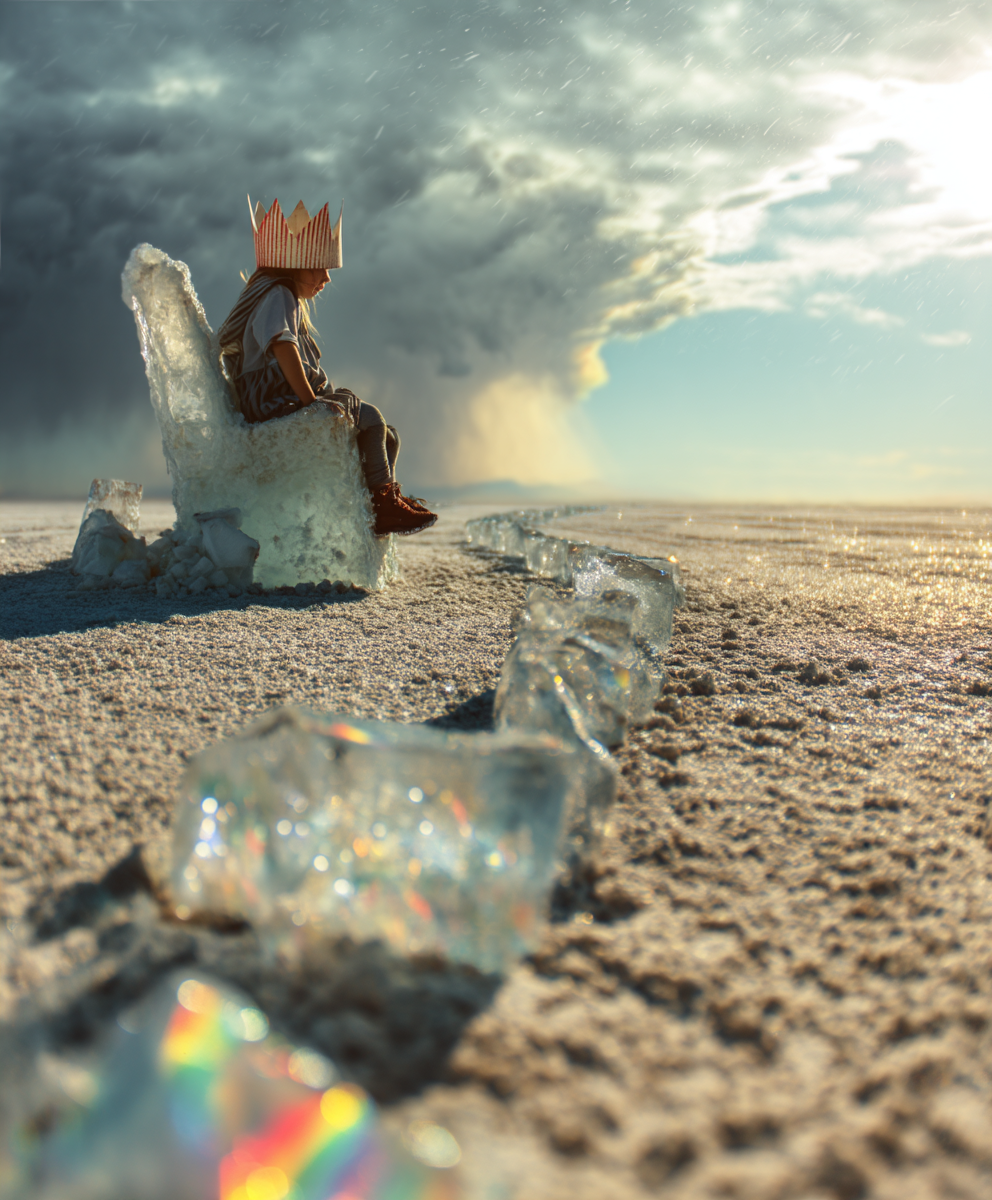
v6.1 (left), v7 (right)
Prompt Used:
Imagine a surreal staged photo of a child wearing a paper crown, sitting atop a throne of melting ice in a desert. The ice reflects dichroic prism effects (rainbows), while the sand beneath is ultra-sharp with individual grains. A storm looms behind them—supercell clouds in hyper-detail vs. a washed-out, overexposed sun. The scene feels like a modern fable about ephemeral power.
The V7 model demonstrates improved handling of material contrasts, particularly in the realistic rendering of ice crystal structures against granular sand textures. The dramatic lighting balance between the stormy sky and the reflective surfaces creates convincing optical effects without appearing artificial (notice how v6.1 renders sunny desert yet sun behind a cloud).
Minimalist Photography Test: Rowboat
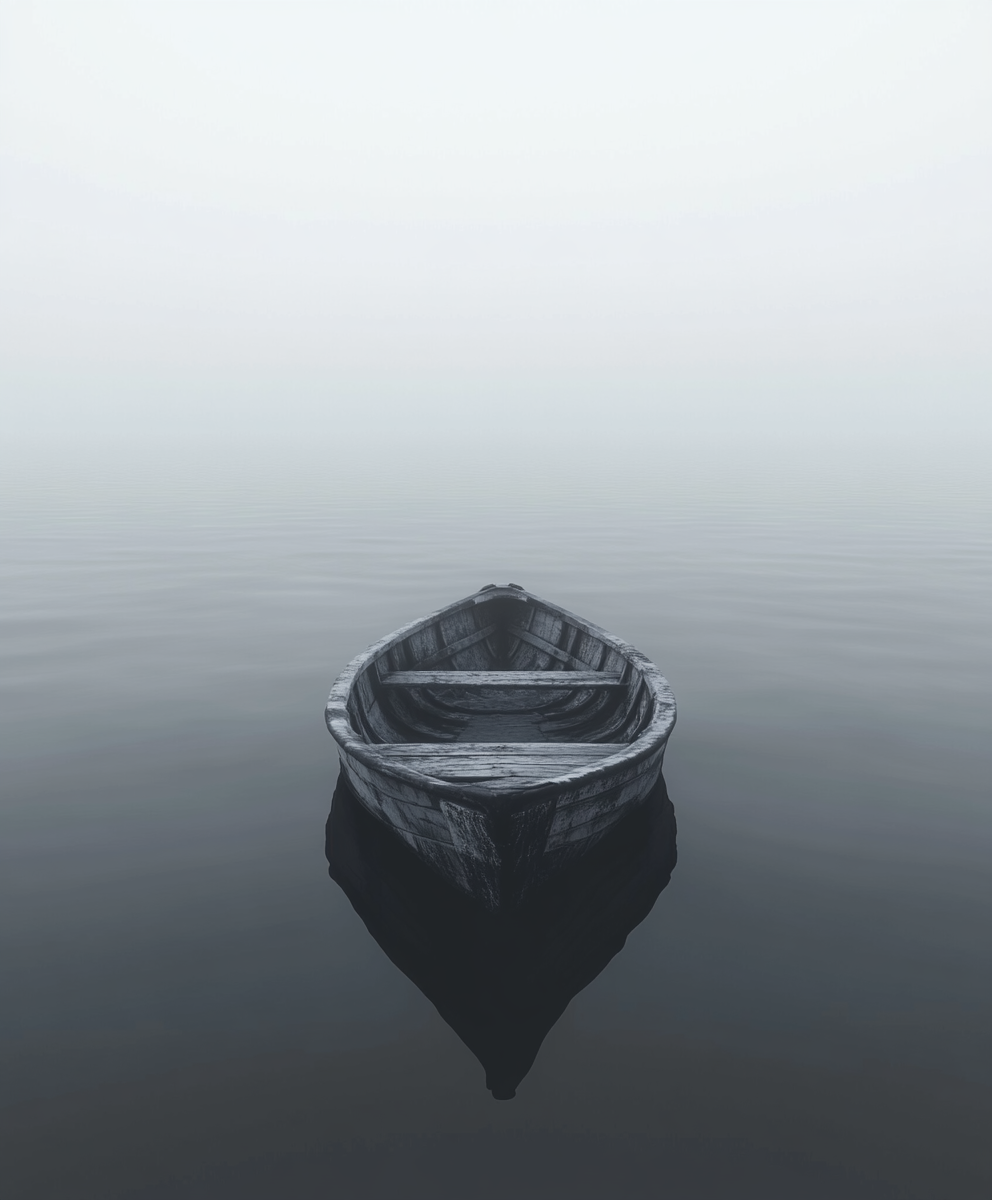
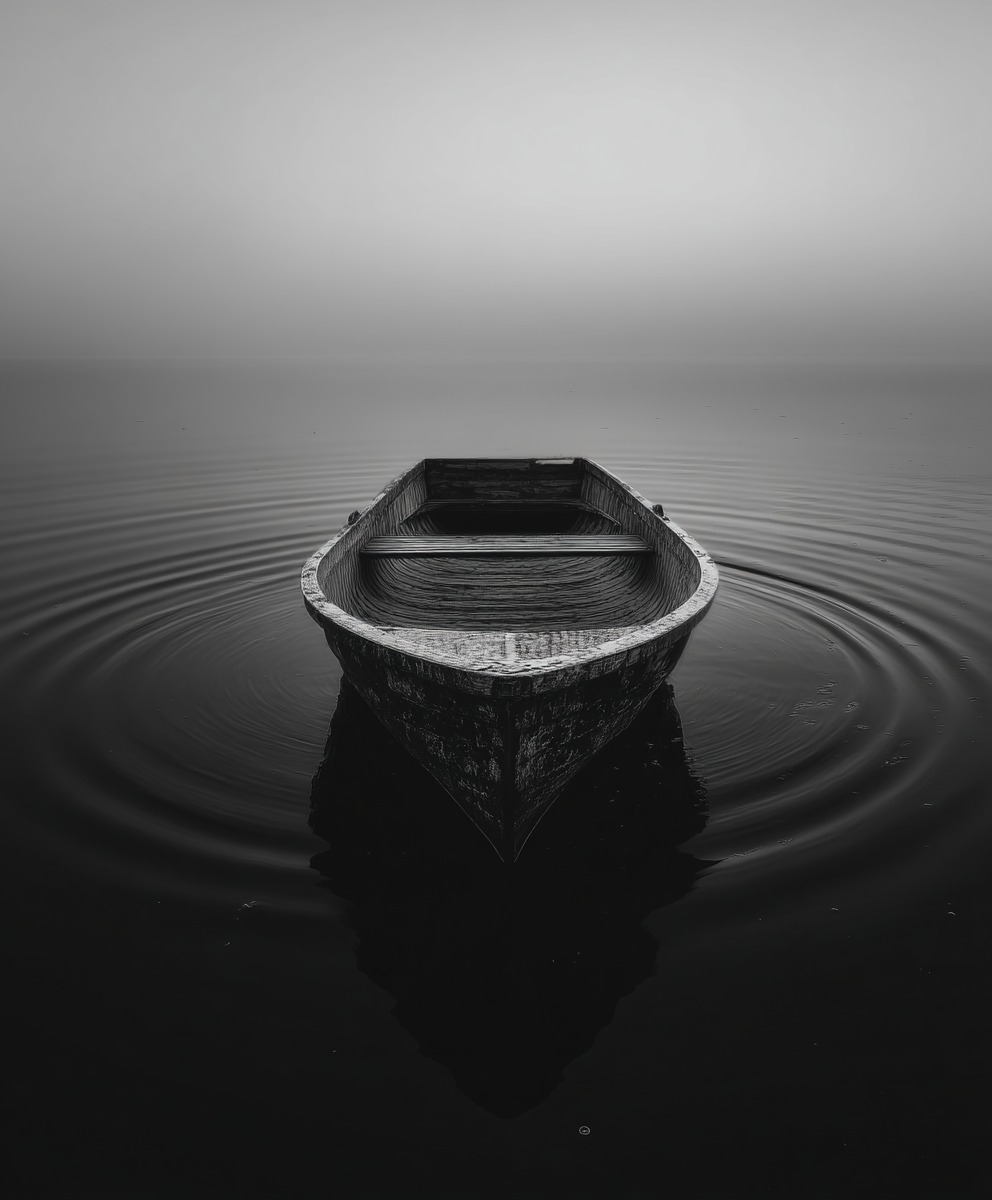
v6.1 (left), v7 (right)
Prompt Used:
Imagine a monochrome photo of a lone rowboat on a foggy lake at dawn. The boat is centered, its peeling paint and woodgrain rendered in 4K detail, while the water and sky merge into a flat, seamless gradient of matte gray. The only disruption is a single ripple extending from the boat, fading into nothingness.
While both models handled the minimalist rowboat scene effectively, V7 shows improvements in subtle details—wood grain textures appear more realistic, and the water ripples around the boat follow nice natural patterns.
Minimalist Photography Test: Feather
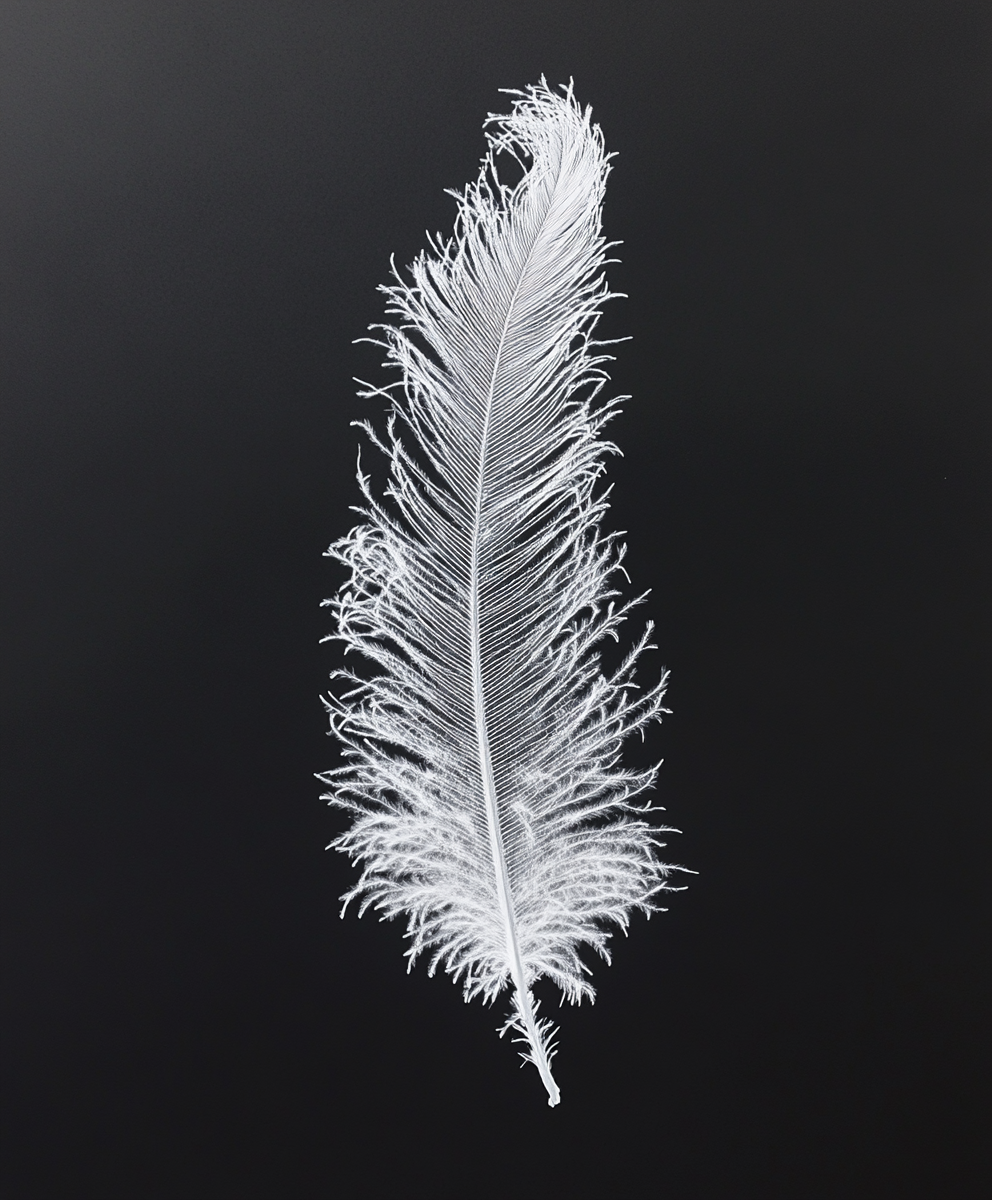
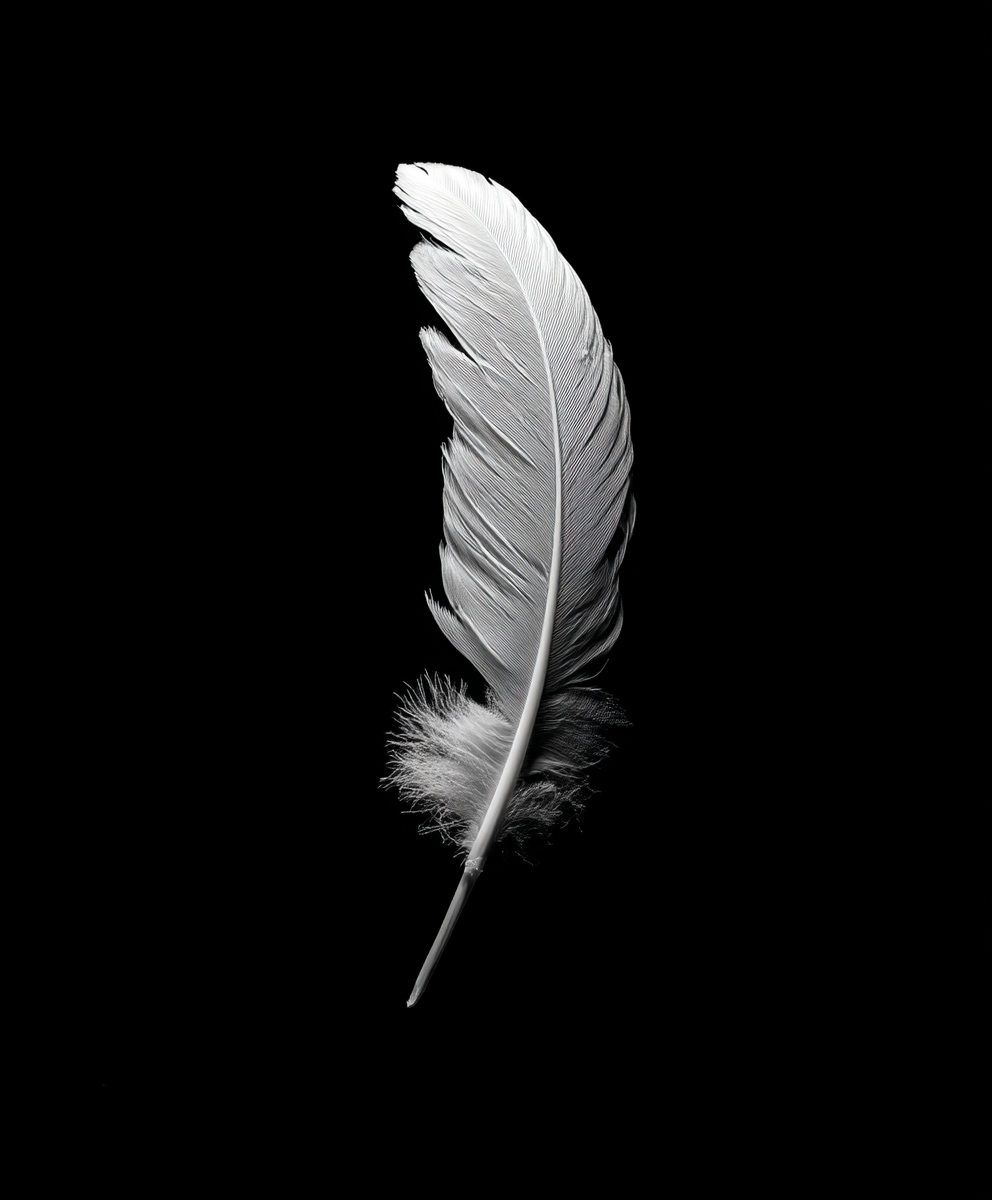
v6.1 (left), v7 (right)
Prompt Used:
Imagine a stark, high-contrast photo of a single white feather suspended mid-air against a pitch-black void. The feather's veins and barbs are exquisitely detailed, while the negative space around it feels infinite and suffocating.
The feather test reveals significant improvement also in terms of realism. I am particularly impressed with the shadow composition with the v7 model and how well it balances feather texture and lighting. The effect is quire remarkable.
Decorative/Ornamental Test
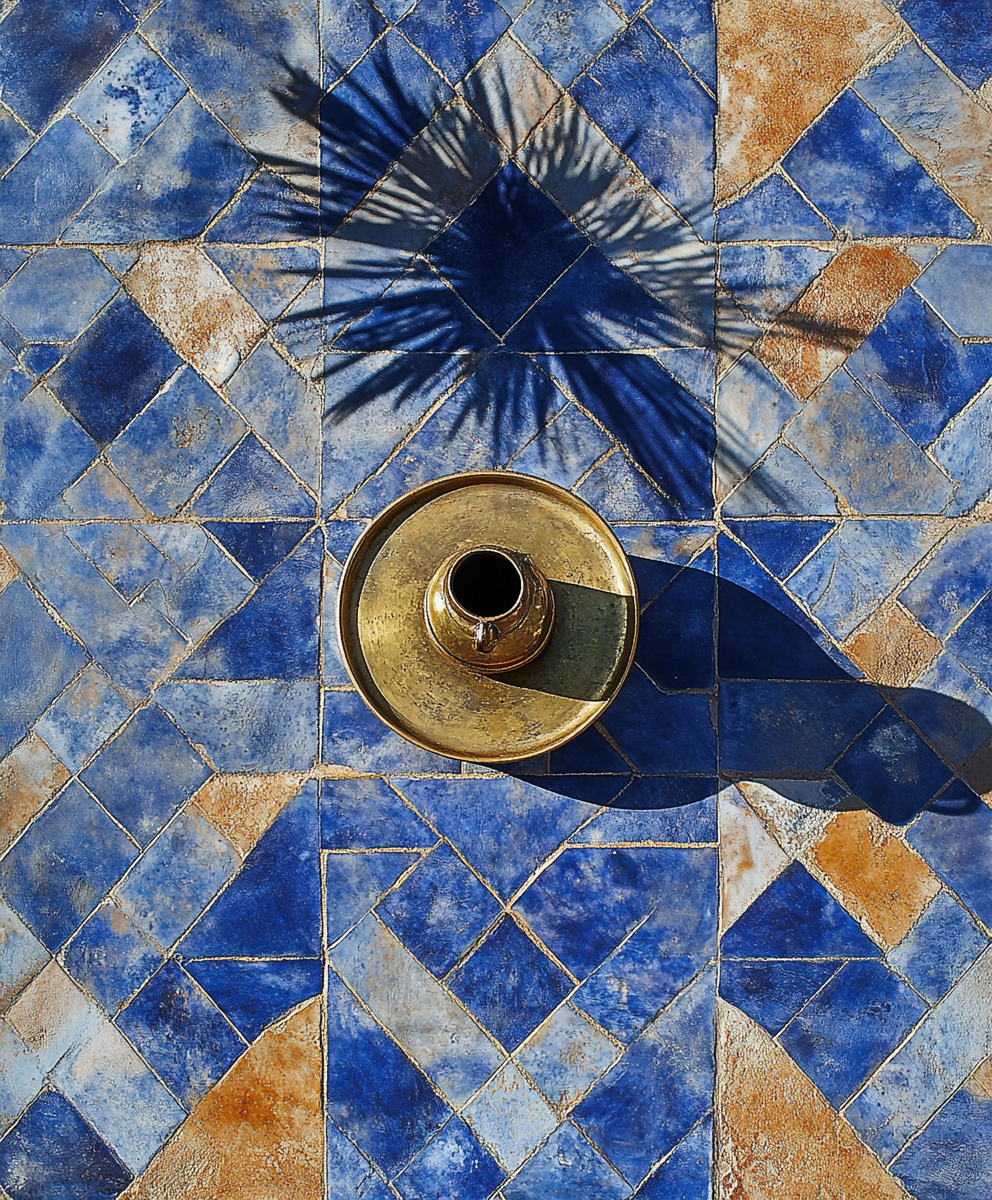

v6.1 (left), v7 (right)
Prompt Used:
Imagine a top-down aerial photo of a Moroccan zellige tile courtyard at noon. Symmetrical geometric patterns in cobalt blue and terracotta radiate outward, each tile's crackled glaze visible. The shadow of a palm tree fractures the composition into precise triangles, while a brass vase in the center reflects sunlight as a starburst flare with chromatic aberration.
In the Moroccan courtyard images, V7 handles shadows in more realistic and dynamic ways, though sometimes shows shadows in inconsistent directions from different objects. The pattern rendering shows improved detail in tile textures and reflective surfaces.
Expressive/Emotional Test
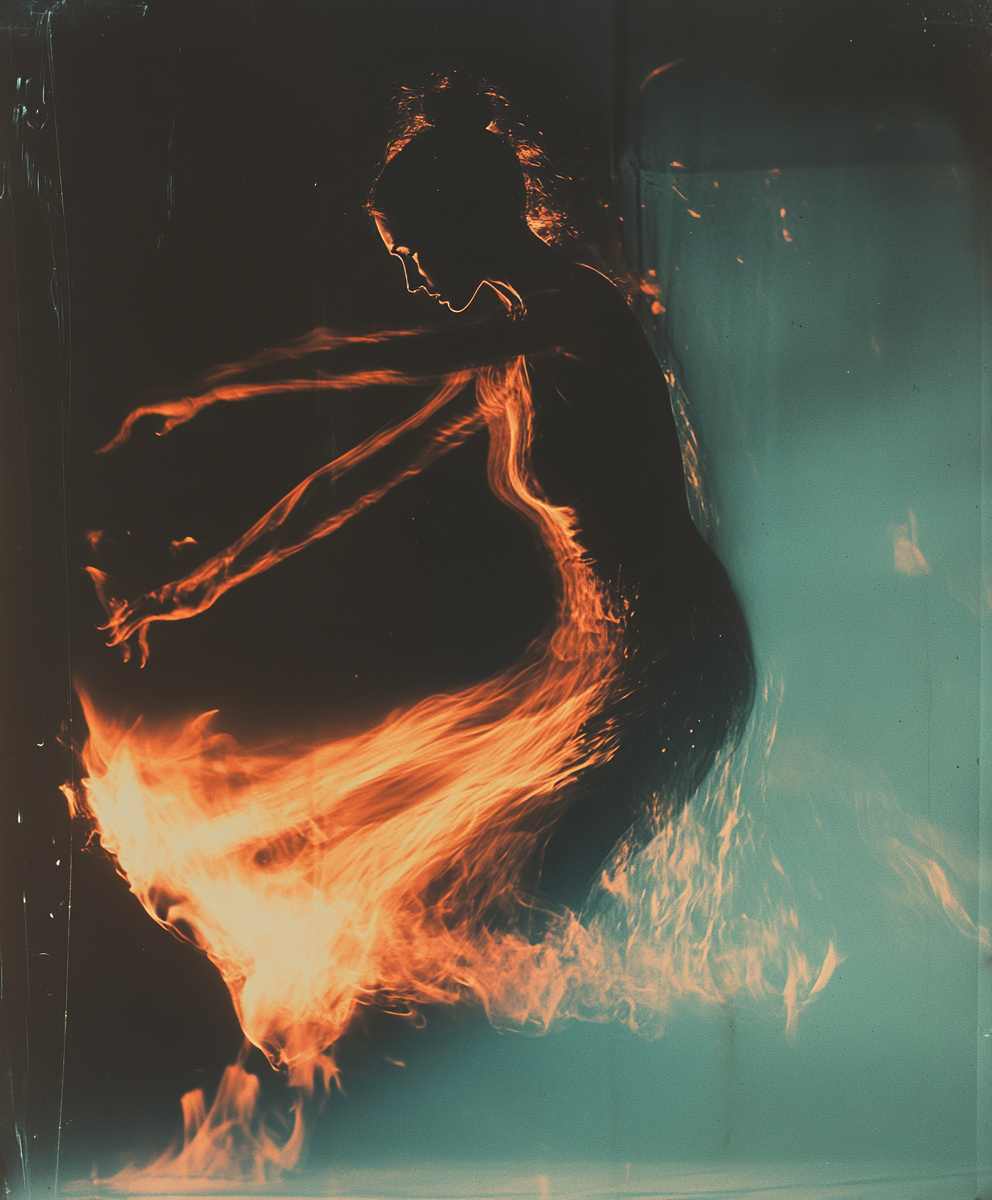
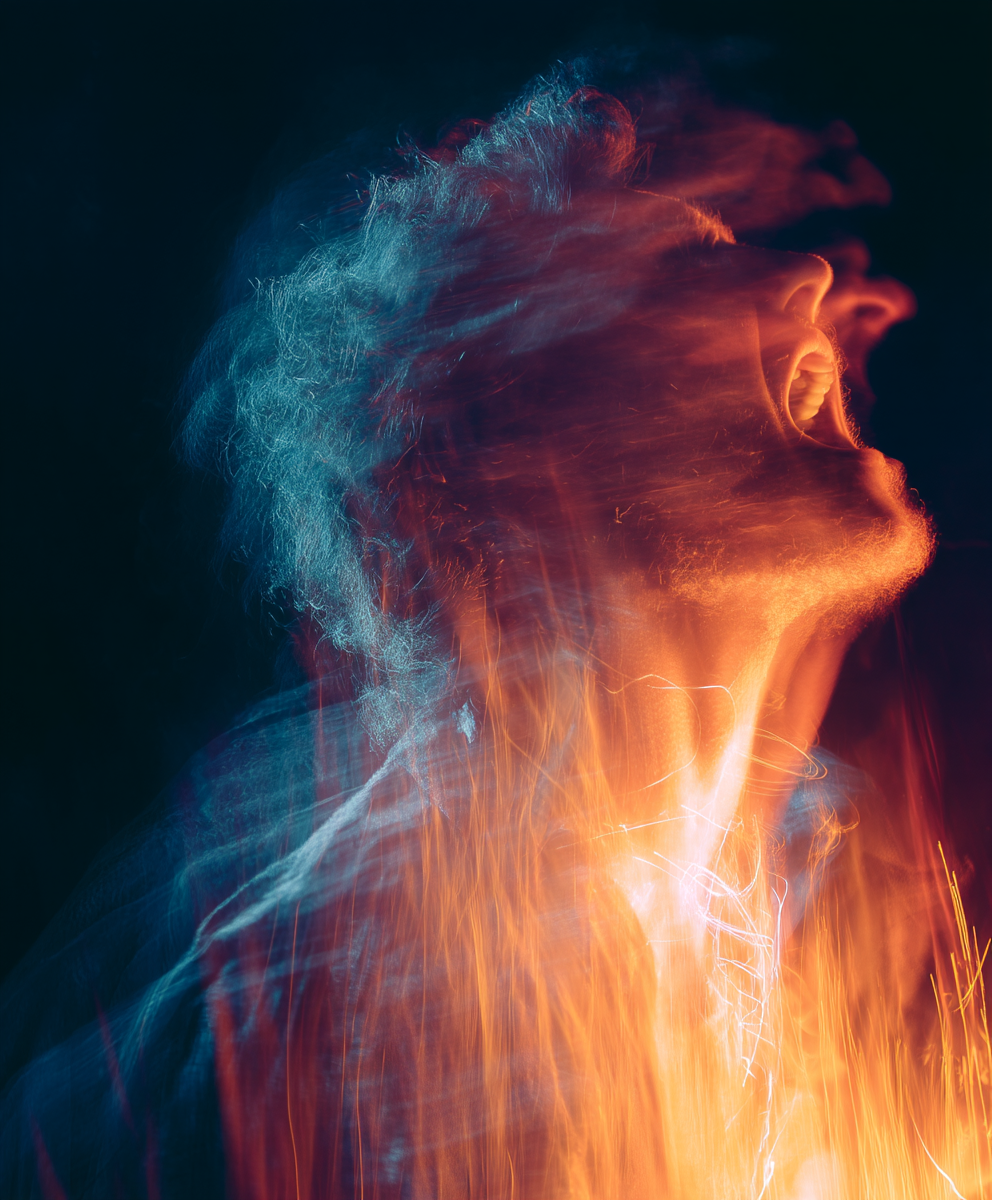
v6.1 (left), v7 (right)
Prompt Used:
Imagine a double-exposure photo where a dancer’s motion-blurred figure merges with a raging bonfire. The film grain is coarse, colors veer between burnt orange and inky blue, and the dancer’s face is a smeared impression of ecstatic agonyBoth version seem to capture emotional intensity, yet V7 excels at the motion effect. It blends well the human form with the flame elements. The model is much better at incorporating abstract instructions with detailed elements, like dancer's face impression and orange/blue color composition. Double-exposure effect also seems much more convincing.
Overall, I got an impression that technical photographic terminology in prompts (e.g., "Rembrandt lighting," "chromatic aberration") appears to produce more precise results in V7 compared to general descriptive terms.
Current Limitations
Based on my testing, these areas still show room for improvement:
- Shadow consistency - While V7 renders more realistic shadows, there are still instances where shadows from different objects appear to be cast from inconsistent light sources
- Astronomical accuracy - As seen in the long-exposure test, V7 still struggles with realistic star trail patterns that would result from Earth's rotation
- Integration with existing tools - According to Midjourney's announcement, upscaling, inpainting, and retexture features currently fall back to V6 models
Looking Forward
According to Midjourney's announcement, V7 is currently in alpha, with additional features planned for release over the coming weeks. The roadmap includes:
- Weekly feature updates over the next 60 days
- Improved character and object reference capabilities
- Optimization of the "standard speed" mode (currently only Turbo and Relax modes are available)
- Future updates to upscaling, inpainting, and retexture features to use V7 models
- Further refinements to model personalization, which is now enabled by default
The new "Draft Mode" also promises to transform the creative workflow, offering images at 10x the speed for half the cost, along with a conversational interface for rapid iteration.
Have you tried Midjourney 7? What differences have you noticed in your own testing?


